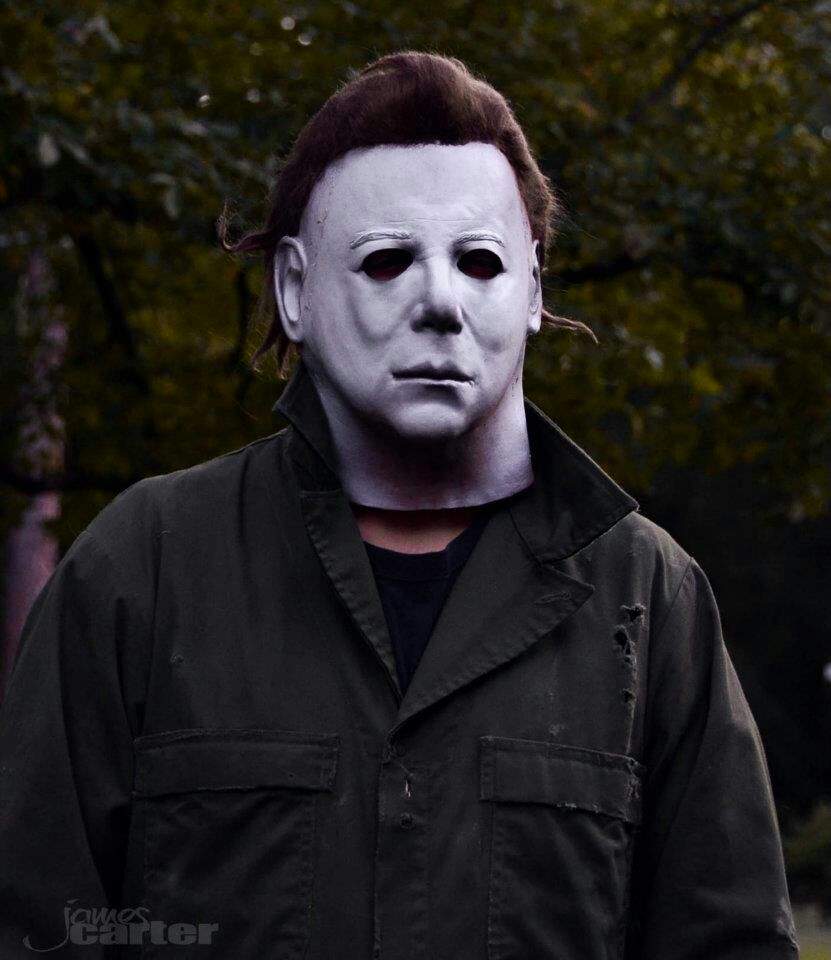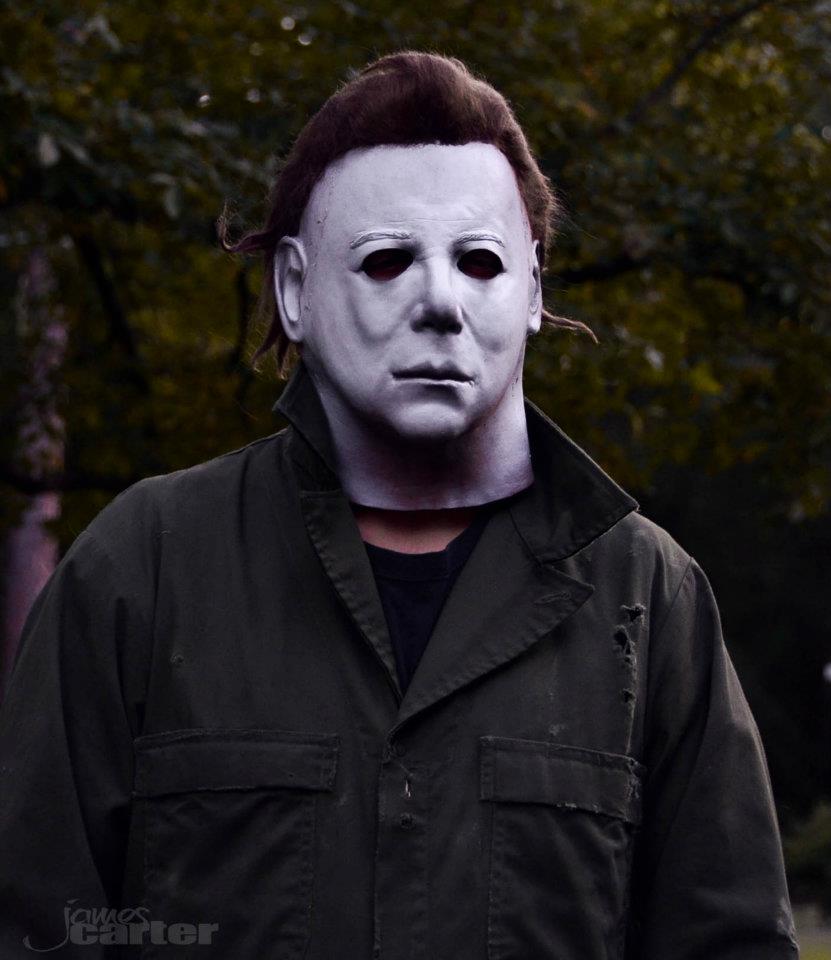


Daniel Farrands, writer of Halloween: The Curse of Michael Myers, was at one point asked to pitch a follow-up to Halloween H20. Though it turns out there’s a reason for that. It’s a strong finale to the Chaos Comics trilogy, though it does get a laugh out of me for Nutman just crossing his arms and going, “Yeah, I know this doesn’t fit into the movies. Are they going to go with that same explanation? Can Michael Myers come back from decapitation? Is there someone else under the mask? Hell, is it that Blair kid somehow?
#Best michael myers actor movie
That movie wouldn’t be out for over half a year compared to this comic, so that raises questions. He’s not like Jason, who can cartoonishly return from absolutely anything.Įven Halloween: Resurrection went with a different out, saying that Laurie killed the wrong guy. Sure, Myers can heal from a lot of stuff, but the movies at least give us the illusion that there’s some kind of limit to it. Since this comic is released late 2001 and Halloween H20came out a couple years earlier, they finally talk about the elephant in the room: Michael Myers is totally supposed to be dead, right? Like, Laurie Strode chopped his head off. He escapes and teams up with Lindsey Wallace, the other kid being babysat in the original movie. It begins with Tommy locked up in an asylum, mainly as a cover-up for all that druid crap that went down in the previous issue. Several months after that, we’re given Halloween III: The Devil’s Eyes by Phil Nutman and Justiniano. Luckily, there’s enough Michael action to make up for it, where he stalks Tommy, the sheriff, and the grown-up versions of the kids that bullied Tommy in the first movie, who are now hell-bent on burning down the abandoned Myers house. The stuff about curses and druids always weighed down the Halloweenfranchise in the eyes of many. This story isn’t so hot for the most part, partially because they spend a lot of time going into the whole cult backstory. Sure, Loomis believes he’s behind it and we know he’s a bad egg, but they could have easily tied Blair into it and made it a red herring thing.įurther reading – Halloween Movie Timeline Explained Especially because this flashback story doesn’t outright spell it out that Michael is behind all the murder and mutilation. Coincidentally, that kid Blair is neither referenced or shown other than this intro. Loomis mentions the other young inmates, all older than Michael. Here, Nutman and Farrands blur the line and ask the question, “Could Loomis have saved him?” If he’s created from his environment, you run the risk of humanizing him too much and making him look like less of a threat. If Michael is 100% evil, then it’s a boring and meaningless story.

These kinds of prequel stories are always a touchy concept because they can easily go wrong. From there, he reads about young Michael’s time in the mental institution, seeing as Loomis goes from wanting to help the mentally-distant boy to realizing that he’s evil incarnate. Tommy is obsessed with making a name off of Michael’s reign of terror and gets his hands on Dr. He’s mostly here to frame the issue, which is about Michael Myers’ beginnings. In other words, our hero in this story is Paul Rudd. It follows Tommy Doyle, the boy confronted by Myers in the first movie who later went on to beat him down a bunch with a pipe years later in Halloween: The Curse of Michael Myers. Released by Chaos Comics, Halloween #1 was written by Phil Nutman and Daniel Farrands with art by David Brewer.


 0 kommentar(er)
0 kommentar(er)
